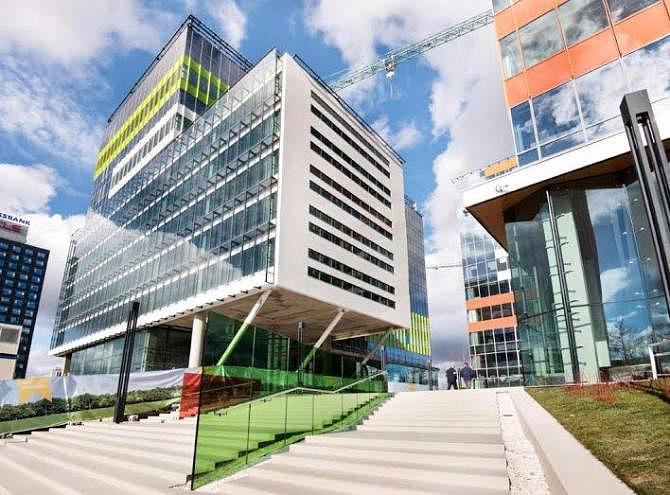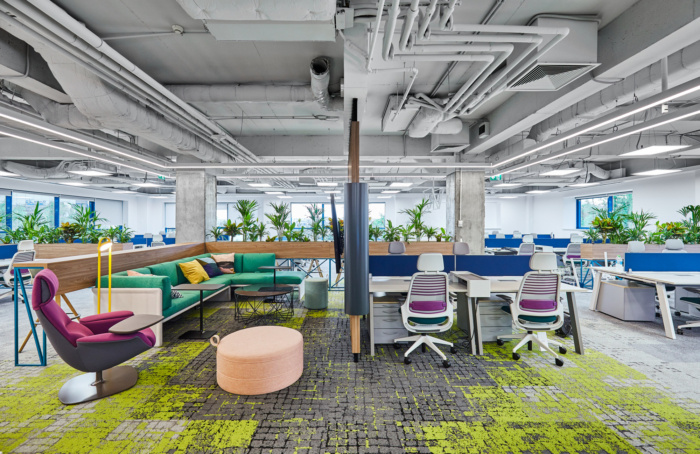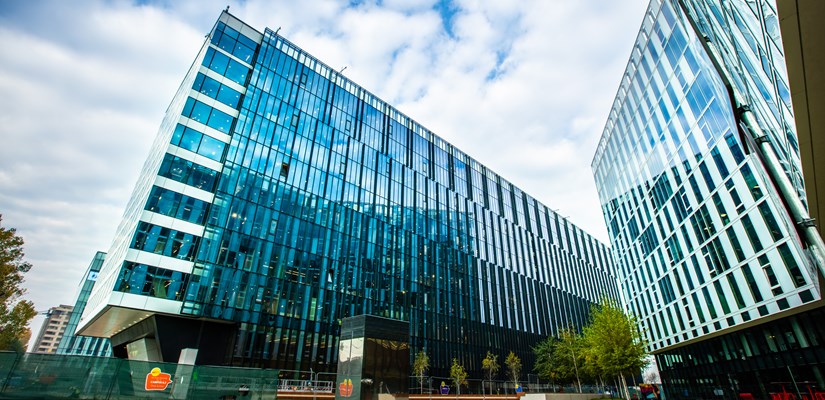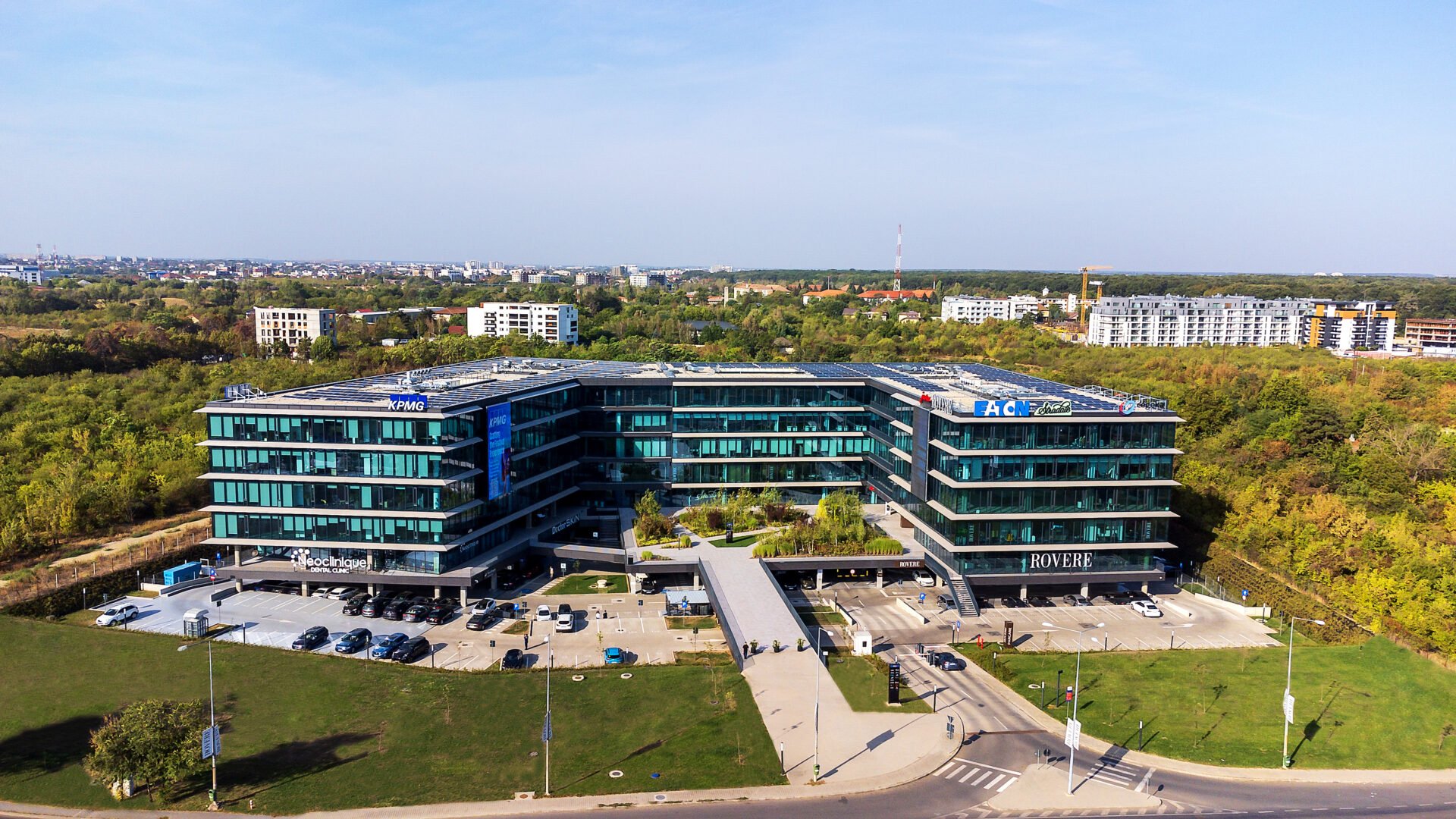Workspaces rooted in community
In the shifting paradigm of urban work culture, offices must transcend traditional silos to become embedded nodes in community networks. At UBRIS, we envision workspaces that harness hybrid models to foster productivity, connection, and sustainability within the 2-Minute City. By integrating offices into residential ecosystems, we minimize commutes, maximize human interactions, and create marketable value propositions for developers—turning workplaces into strategic assets that enhance resident retention, brand loyalty, and urban vitality.

What we observed
The disconnect between evolving work habits and static urban infrastructure reveals systemic inefficiencies:
- Hybrid mismatch: Hybrid work is widespread, yet buildings cling to rigid designs unfit for flexibility.
- Improvised setups: People resort to couches, kitchens, or bedrooms for work, or endure long commutes to sterile business centers.
- Lifeless towers: Offices buzz for just nine hours daily, then empty out, leaving no residual energy or community pulse.
- Dependent commerce: Surrounding businesses scrape by on fleeting lunch rushes, lacking sustained foot traffic.
- Spatial separation: Cities persist in dividing living from working zones, squandering time, energy, and opportunities for meaningful connections.
This fragmentation not only hampers individual wellbeing but also undermines business efficiency and urban cohesion, missing chances to market integrated living as a premium lifestyle.
What we propose
Our 2-Minute City embeds adaptable workspaces seamlessly into residential structures, redefining offices as extensions of home:
- Proximate integration: Position flexible, serene shared offices mere floors away, within the same building as residences.
- Commute elimination: Ditch traffic, noise, and rigid schedules for effortless access that aligns with personal rhythms.
- Optimized environments: Design for natural light, quiet zones, structured layouts, and fluid collaboration spaces to support deep focus and productivity.
- Balanced ecosystems: Replace makeshift home hacks with professional setups that harmonize work, life, and community without isolation.
This approach leverages business strategy to create diversified revenue through rentals or resident perks, while urbanistically, it compacts footprints and amplifies social ties—marketing the development as a holistic, future-proof habitat.
How it changes life
Integrating workspaces reshapes daily flows, blending professional and personal spheres:
- Unified rhythms: Work, family, and leisure sync in one cohesive ecosystem, reducing fragmentation.
- Minimal travel: Visit corporate HQs weekly, handling daily tasks from home-like offices without domestic confinement.
- Collaborative networks: Surround yourself with like-minded professionals—designers, consultants, entrepreneurs—sparking organic partnerships.
- Emergent opportunities: Casual encounters in shared spaces birth projects, ideas, and lasting communities.
- Holistic benefits: Cut commutes to slash stress, pollution, and time loss, gaining clarity, connection, and quality of life.
These transformations elevate resident experiences, positioning the model as a marketing differentiator that drives demand and loyalty in competitive urban markets.
Why it matters
The evolution of work demands human-scale environments over monolithic towers—spaces that intuitively support our needs for focus, collaboration, and balance. From a business lens, this fosters resilient teams and cost efficiencies; urbanistically, it optimizes land and reduces emissions; marketing-wise, it narratives a compelling story of integrated living, attracting talent and investment to thriving, connected communities.
Business & urban impact
- Revenue diversification: Sell, rent, or bundle offices as resident amenities, unlocking new income streams for developers.
- Branded hubs: Develop coworking zones with partner brands, enhancing appeal and creating viral marketing opportunities.
- Buffer dynamics: Position offices as transitional layers between public streets and private homes, managing acoustics and vitality.
- Corporate localization: Enable companies to form distributed teams in livable settings, boosting recruitment and retention.
- City-wide gains: Ease traffic congestion, elevate wellbeing, and knit tighter social fabrics, aligning with sustainable urban agendas.




